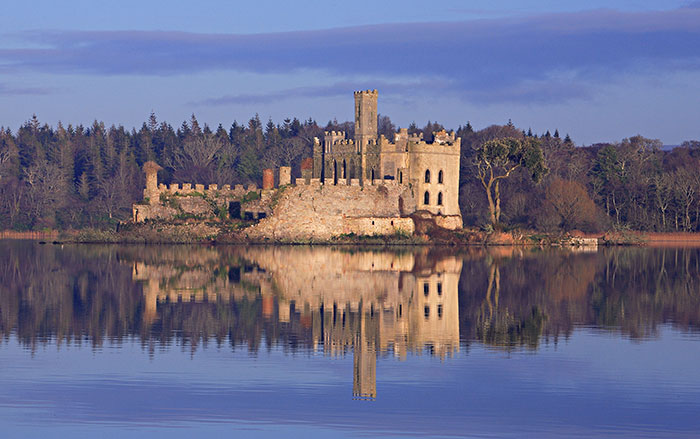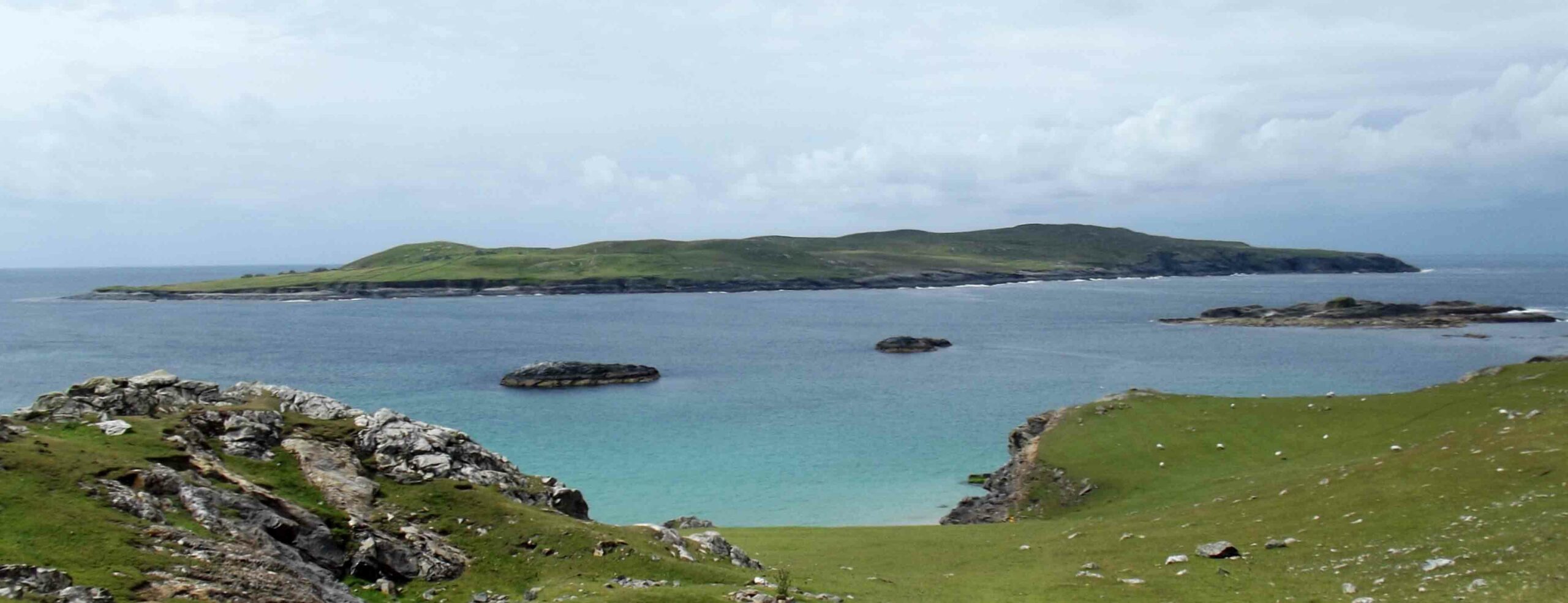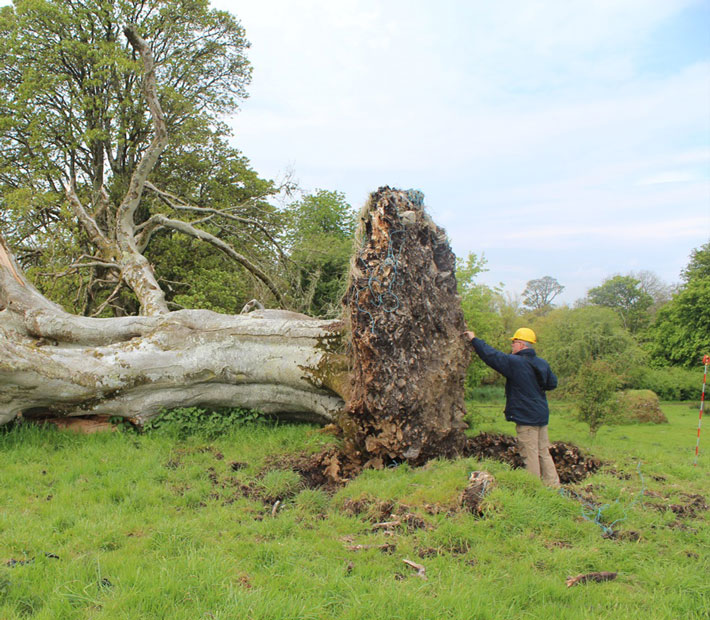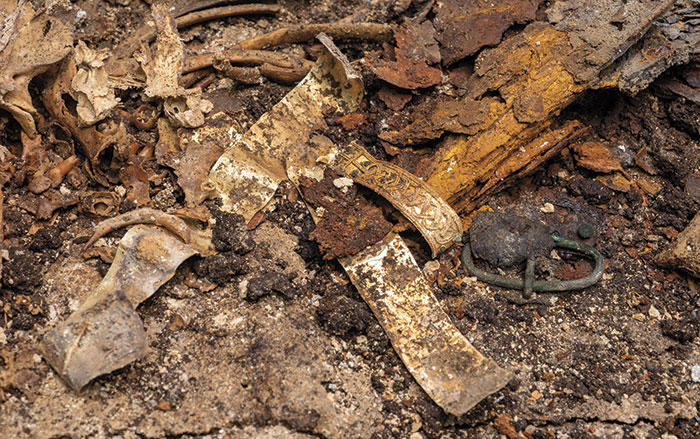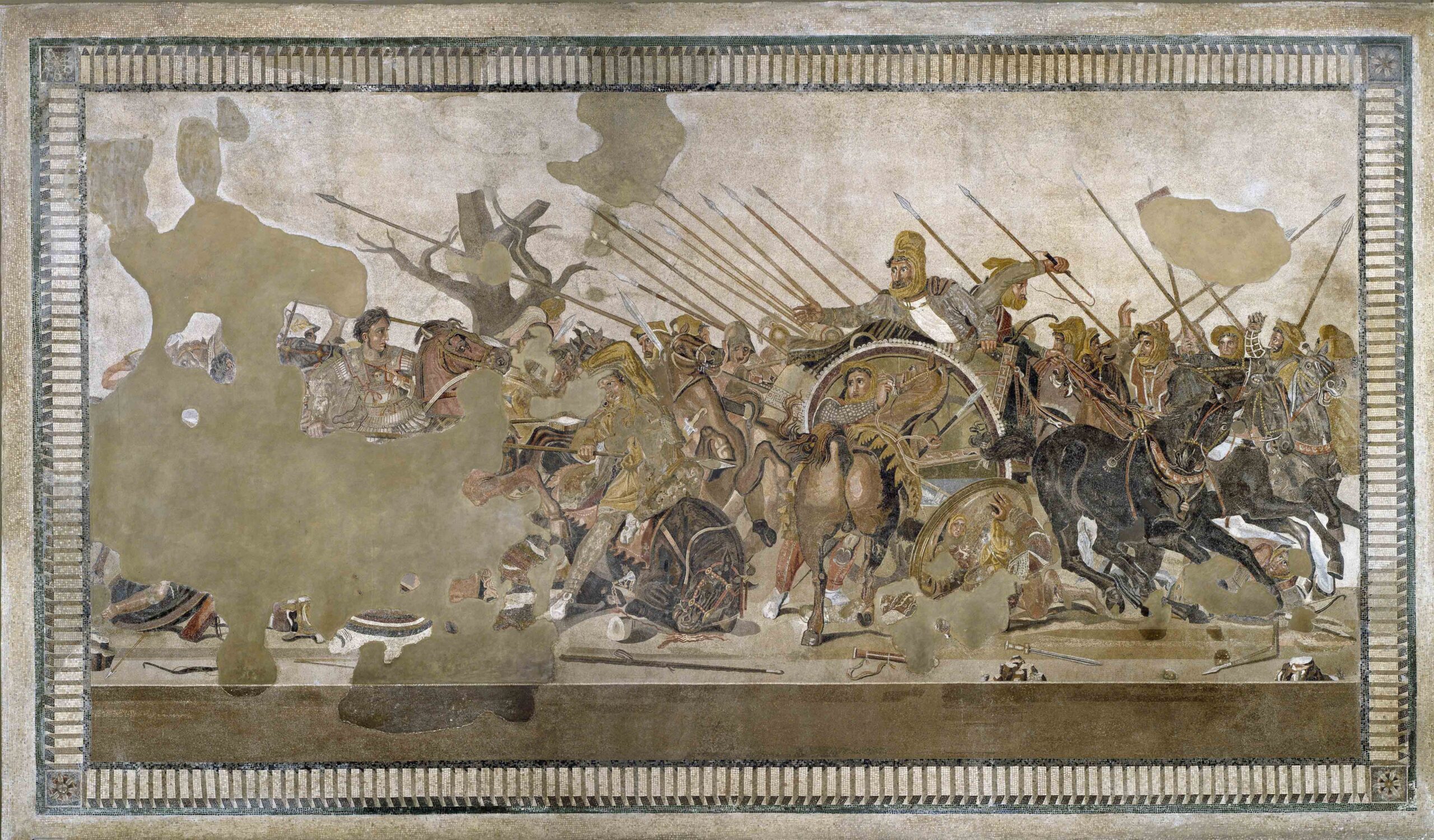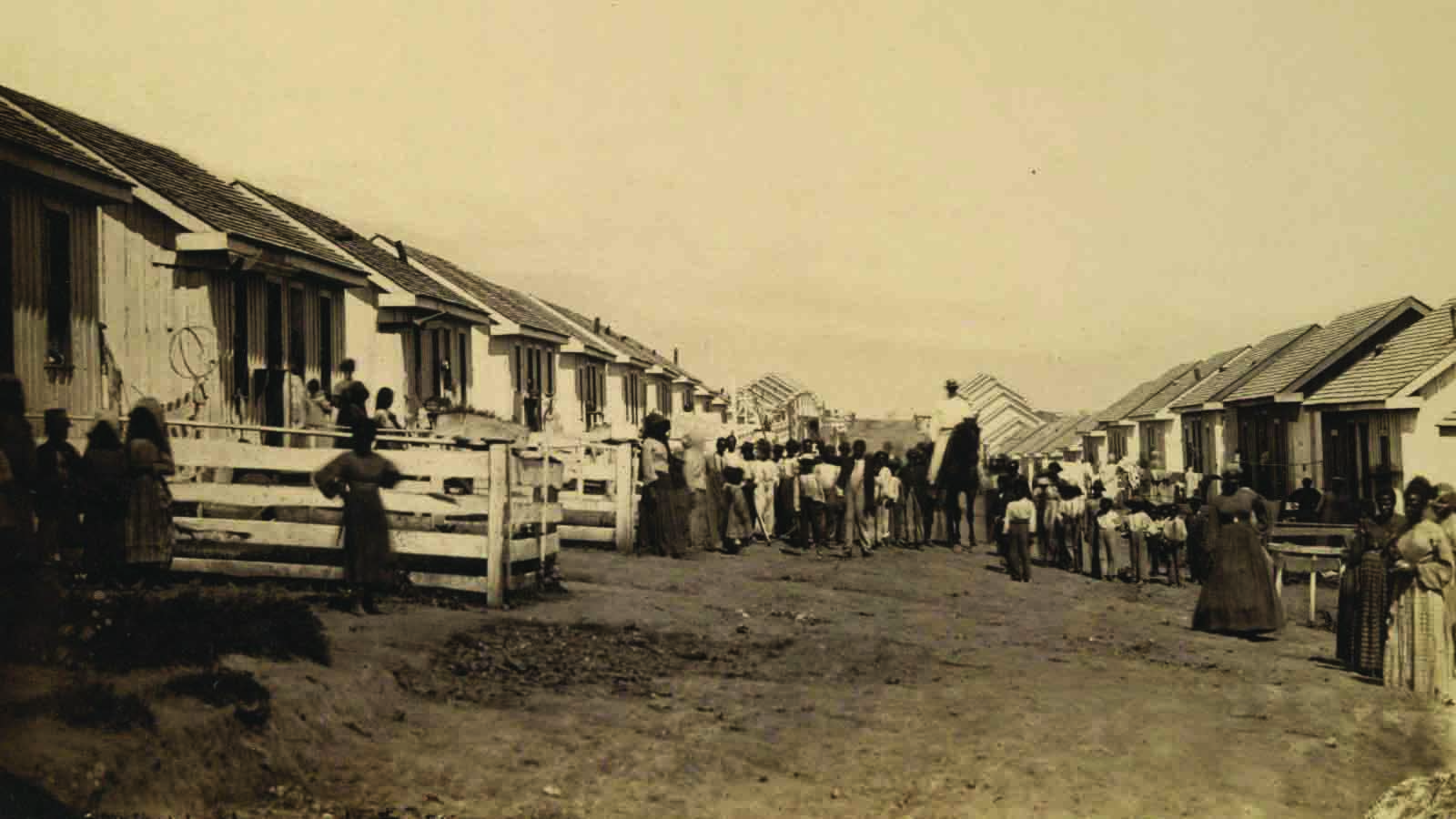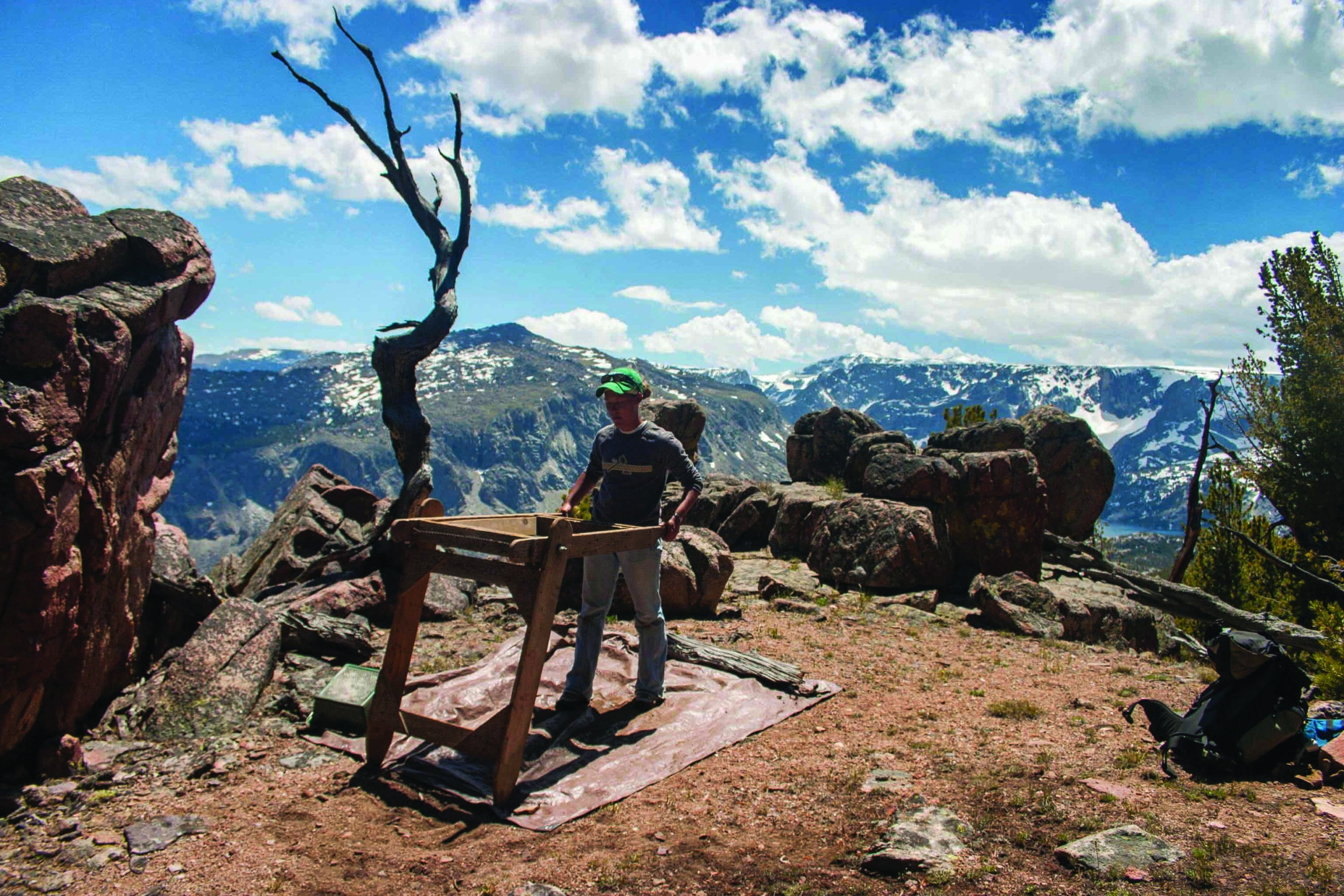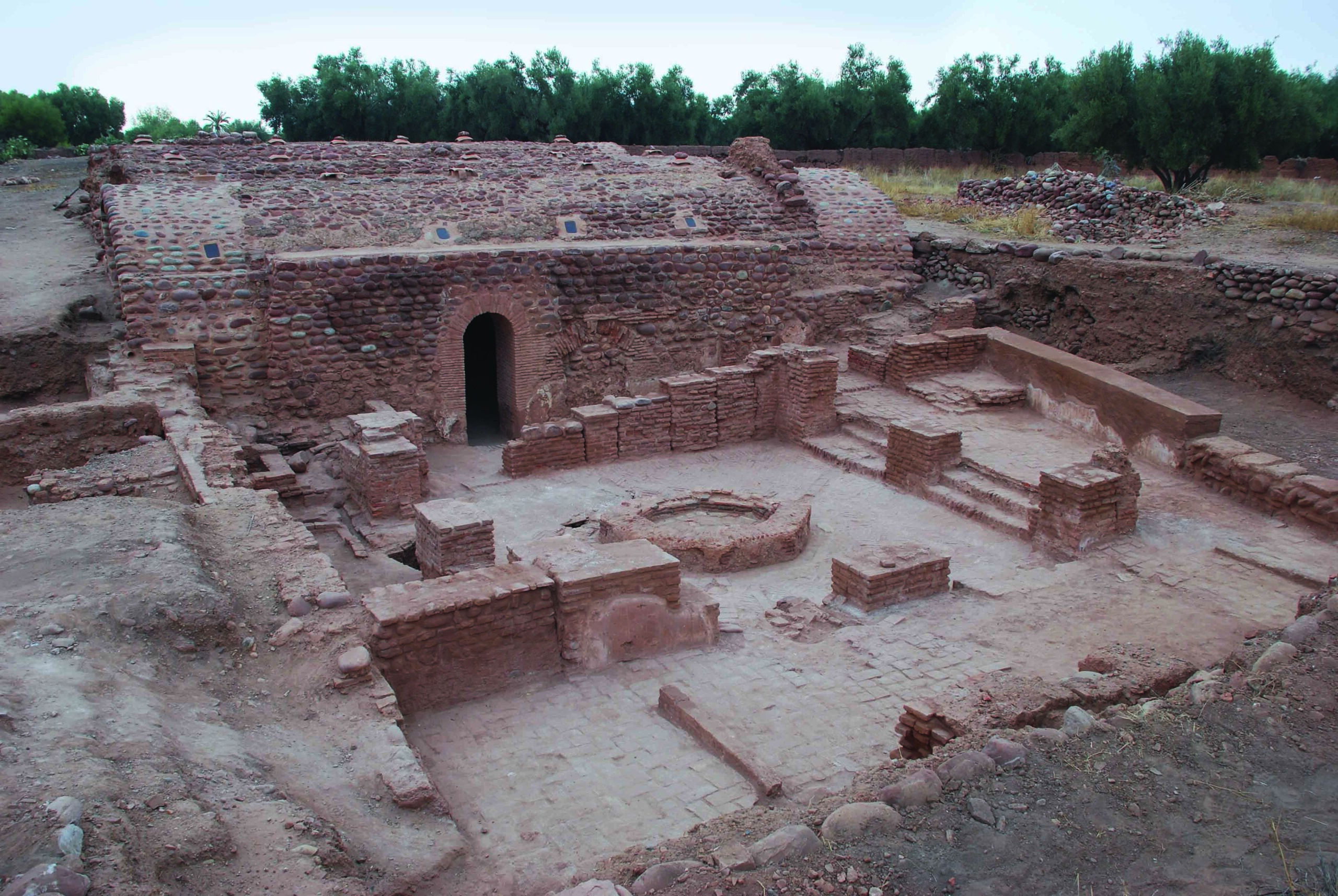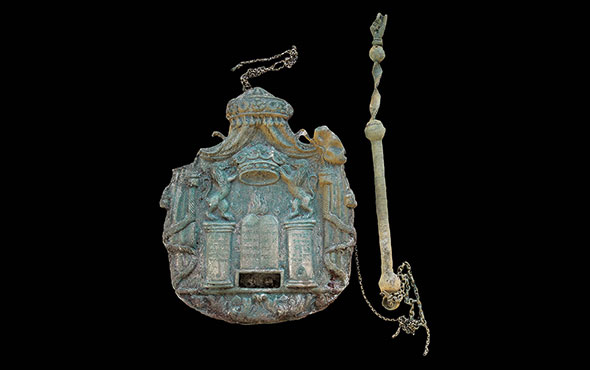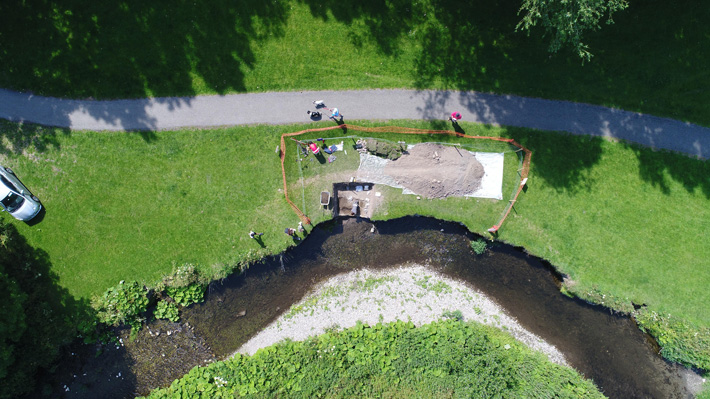
DUBLIN, IRELAND—According to an Irish Central report, walkers in North County Dublin spotted bones eroding out of the surface of the ground during a period of drought this spring. Examination of the bones by osteoarchaeologist Maeve McCormick revealed they belonged to a boy who was about 12 years of age at the time of his death. Earlier excavations at the site by archaeologists from Ireland’s National Monuments Service recovered the remains of six people who had been placed in the ground in an irregular fashion within a flood plain, suggesting their burial had been hasty. The dead may have been victims of plague or another traumatic event in the fifteenth century. “We are also investigating the most appropriate means to suspend the erosion of the site and will continue to work with the National Monuments Service and the National Museum of Ireland to protect this archaeological monument,” said Fingal County Council heritage officer Christine Baker. To read about monuments and remains across the United Kingdom that were exposed by a summer 2018 drought, go to "The Marks of Time."


